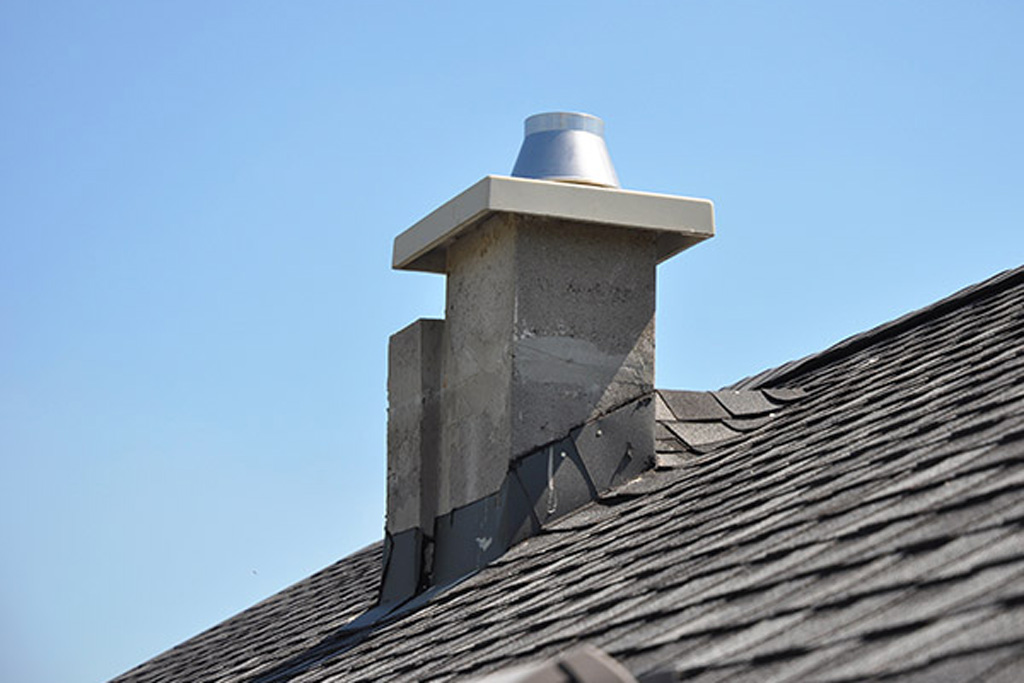
The Importance of Chimney Relining
As with anything else, with each use of your chimney, the closer it gets to needing certain components repaired or replaced completely. Because the chimney liner does most of the chimney’s work of containing a fire and protecting the home, it’s the component that stands as the most important to replace via chimney relining.
What Is a Chimney Liner?
The chimney liner is one of the most essential components of fireplace and chimney safety. It prevents carbon monoxide from entering by way of porous bricks and mortar into your house. It also prevents hot embers from escaping and igniting items surrounding the chimney. On top of all that, chimney liners absorb the high temperatures and harsh chemicals that fires produce, which, when not controlled, can potentially cause major structural damage to the chimney or open up paths for a fire.
What Does a Chimney Liner Do?
Chimney liners perform three critical functions:
Liners keep heat from transferring to combustibles in the house. You’re clearly dealing with a lot of heat when it comes to a fireplace. So why play around? If you want to eliminate fire hazards, you must ensure that the chimney liner is in good shape. Its major goal is to keep house fires from starting. Tests with unlined chimneys revealed that combustibles can be started on woodwork in as little as 3 ½ hours.
Liners shield brickwork from corrosive byproducts. For a variety of reasons, flue gases are exceedingly hazardous. They not only pose a major health risk to you and your family, but they are also harmful to the stonework. Carbon monoxide is a carcinogen that can enter your home if you are not careful. The fumes are so powerful that they can penetrate brick and mortar, eroding key mortar joints. As a result, not only is there a heightened fire risk and health risk, but there is also long-term harm to the chimney’s overall structure.
Liners ensure that the flue is the proper size for maximum efficiency. The gas or oil furnace, as well as a modern wood stove, will not function effectively if the flue does not fit or perform properly. The chimney creates a draft, which is required to produce combustible air in the fireplace. If the liner is not the proper size, it might lead to excessive creosote buildup, which leads to carbon monoxide production.
How Long Does Chimney Liner Last?
This question technically doesn’t have one clear-cut answer, due to the fact that there are different kinds of chimney lining. If you’re wondering how long your chimney relining will last, read below for the various types of chimney liners and what the lifespan of each one is.
Clay Tile Chimney Liners
These are the most frequent type of masonry chimney liners. Clay tiles are easy to install and widely accessible. However, the way they absorb and disperse heat has several downsides. The average lifespan varies greatly, ranging from 5 to 15 years.
Metal Chimney Liners
Stainless steel and aluminum are the most frequent metals used in fireplace chimneys. Both are lightweight, which aids in installation. They are thought to be exceedingly safe and long-lasting. Metal liners, on the other hand, are significantly more expensive than clay tile. The usual lifespan is between 15 and 25 years.
Cast-in-Place Chimney Liners
Cement is typically used to construct cast-in-place liners. It is a tough liner to install and thus quite costly. Cast-in-place liners help increase the chimney’s overall structural integrity. If properly cared for, the liner has an average lifespan of 50 years.





More Stories
Perennials Vs Annuals – What Are the Advantages of Each?
Real Estate Investors: Buy, Sell or Hold?
Gardening Tips and Tricks For Late Autumn